From spicy stews to fresh Atlantic seafood, Freetown's cuisine is a testament to how the community thrives amid hardship.
Freetown cuisine reflects the unique identity of a city built by freed slaves and influenced by Creole, indigenous and colonial cultures.
The Krio people – descendants of returnees from the Americas and the Caribbean – brought with them slow-cooking and smoking techniques, while local tribes contributed indigenous ingredients such as cassava and palm oil.
Freetown’s streets come alive early in the morning with the crunch of akara (bean cakes) frying in palm oil and the smoky aroma of suya (spiced grilled meat) skewers. Akara is made from pureed black beans, fried until golden brown, crispy on the outside and soft on the inside. Served with a spicy chilli sauce, this is the ideal breakfast for busy people.
Suya are thin slices of beef or chicken marinated in peanuts, chillies and spices, grilled over hot coals. For those with a sweet tooth, puff-puffs and plantain chips are perfect choices. These dishes prove that the essence of Freetown cuisine lies in simplicity.
With the Atlantic Ocean right on its doorstep, Freetown’s seafood is unbeatable. At the outdoor grills on Lumley Beach, fishermen haul in barracuda, snapper and lobster every day. The barracuda is marinated in chilli and lime, grilled over coconut husks until tender, and served with jollof rice, made with rice, tomatoes, chilli, onions, spices and sometimes other vegetables and meat and seafood in a single pot.
The most special dish is palaver sauce - a rich stew made from cassava leaves or spinach, often cooked with fish or shrimp. Its name comes from the “palaver” (argument) when family members fight over the last piece.
It's impossible to talk about Freetown cuisine without mentioning cassava and palm oil - the cornerstone ingredients. Slow-cooked cassava leaf stew with peanuts, meat and bitter eggplant is the unofficial national dish of Sierra Leone.
Palm oil rice is rice cooked with red palm oil, onions, tomatoes and smoked fish. Its rich flavor and vibrant colors make it unforgettable. Once considered “poor man’s food,” these ingredients have now been elevated by chefs to become a source of pride for Freetown.
Source: https://hanoimoi.vn/dac-san-the-gioi-huong-vi-freetown-705680.html



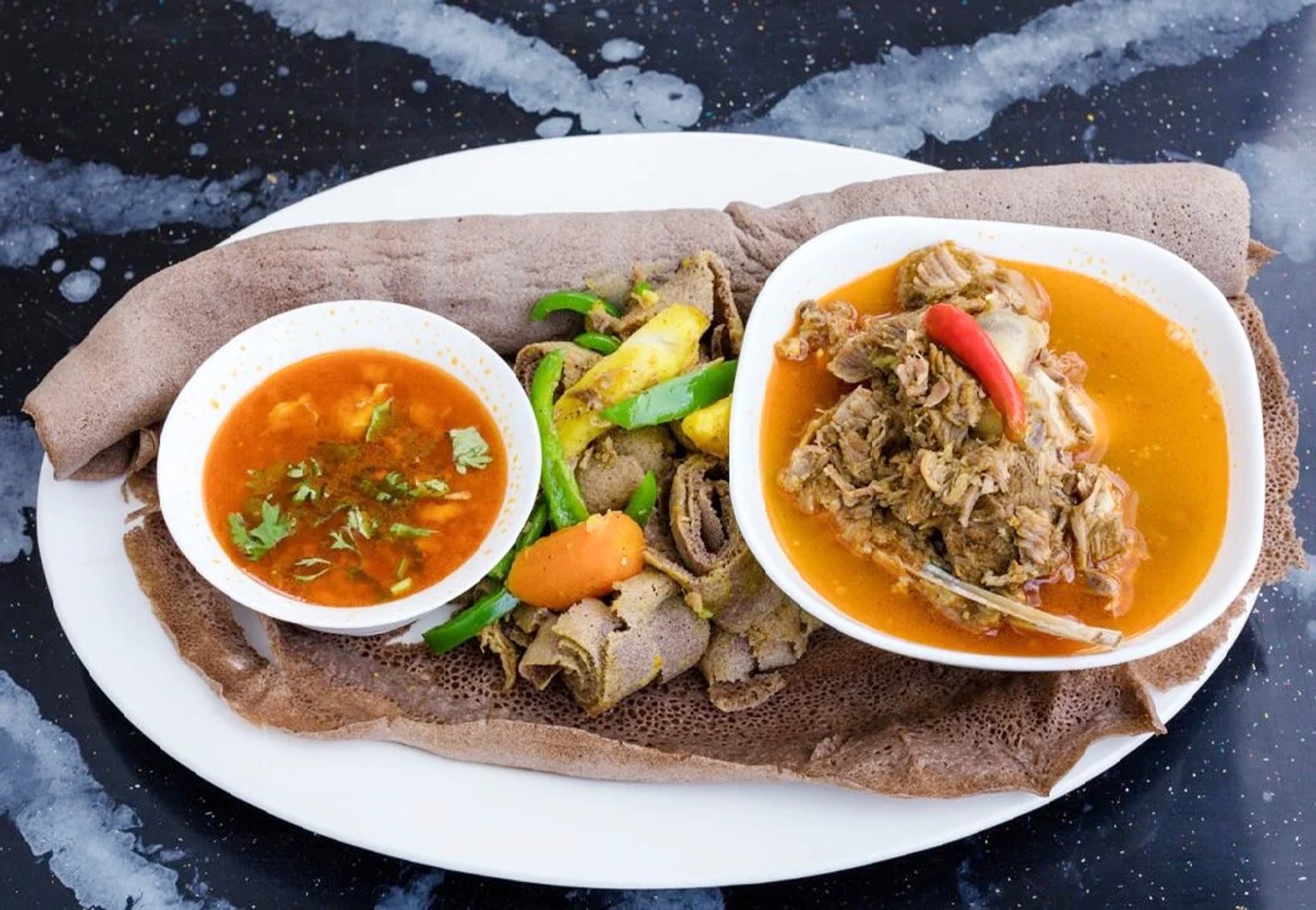

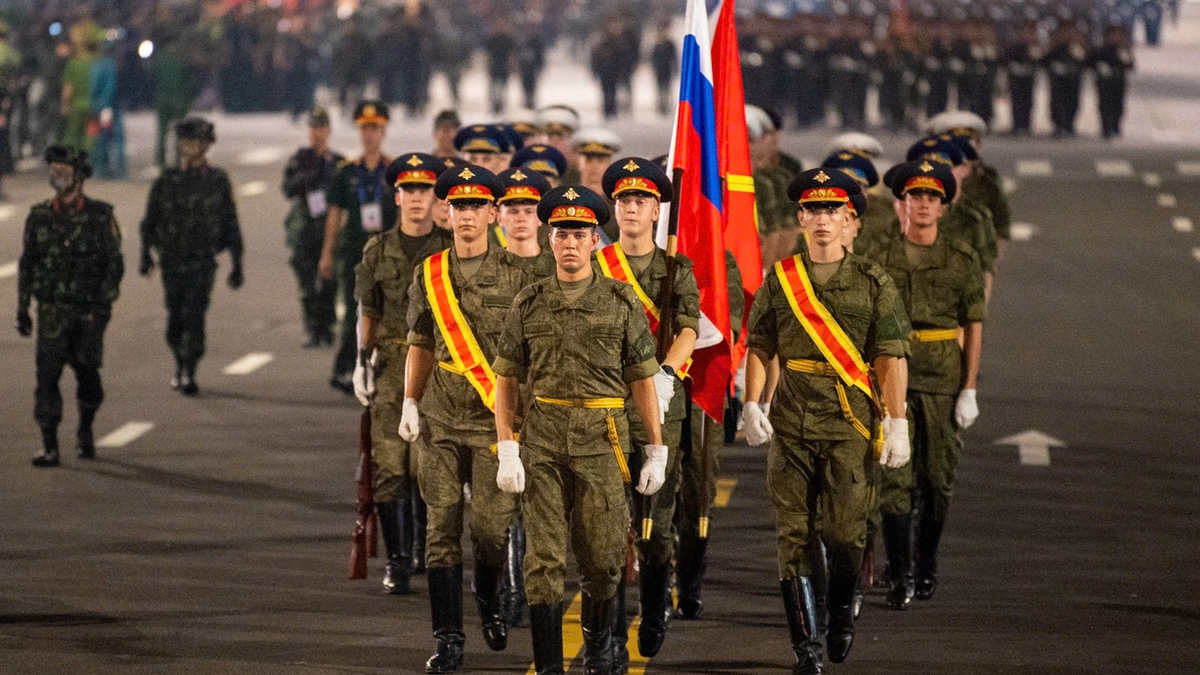
![[Photo] Images of the State-level preliminary rehearsal of the military parade at Ba Dinh Square](https://vphoto.vietnam.vn/thumb/1200x675/vietnam/resource/IMAGE/2025/8/27/807e4479c81f408ca16b916ba381b667)

![[Photo] Parade blocks pass through Hang Khay-Trang Tien during the preliminary rehearsal](https://vphoto.vietnam.vn/thumb/1200x675/vietnam/resource/IMAGE/2025/8/27/456962fff72d40269327ac1d01426969)
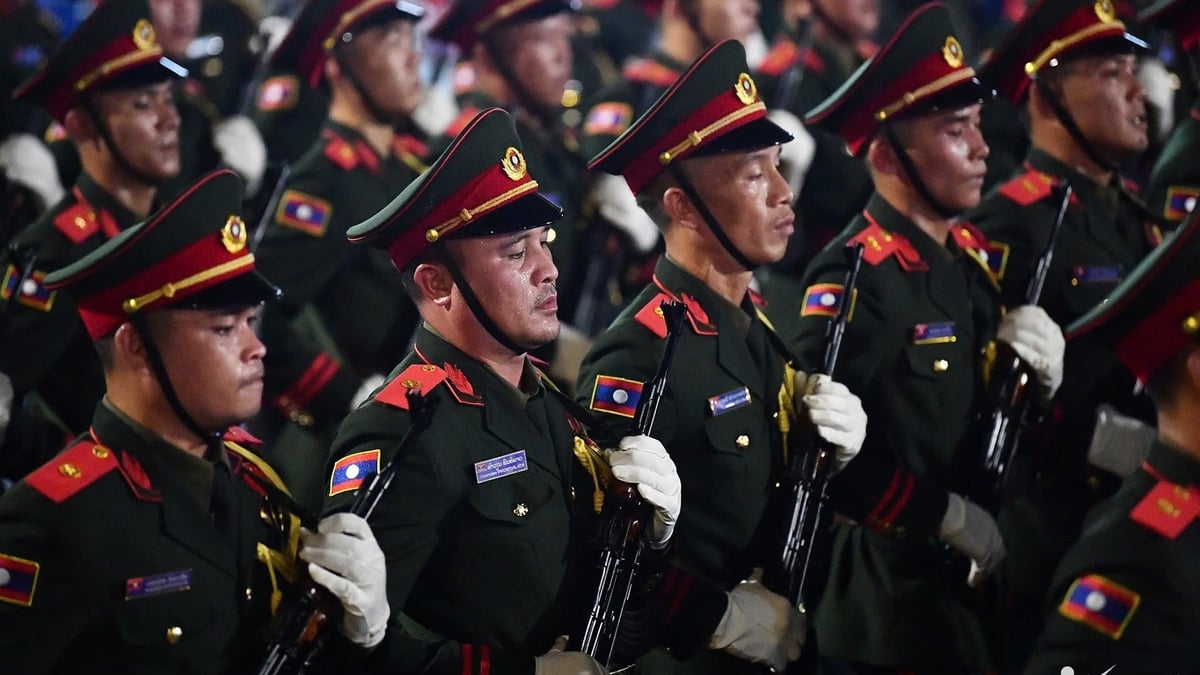
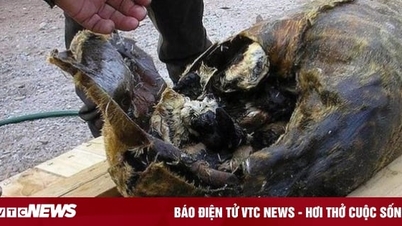

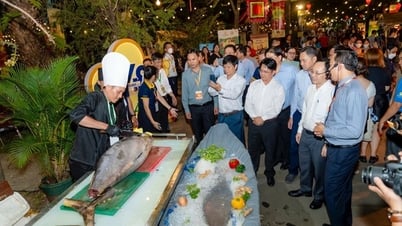






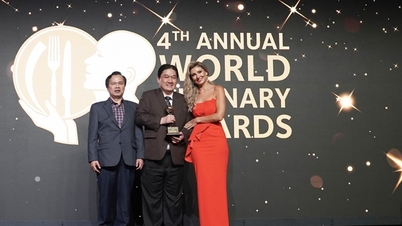


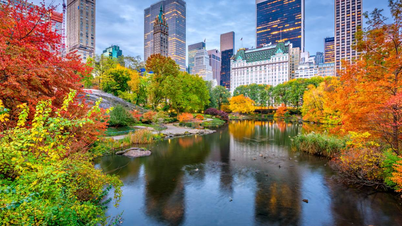

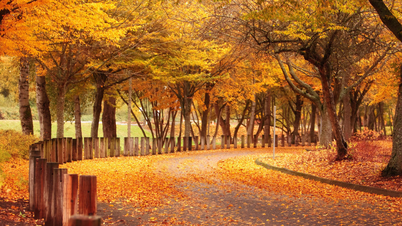
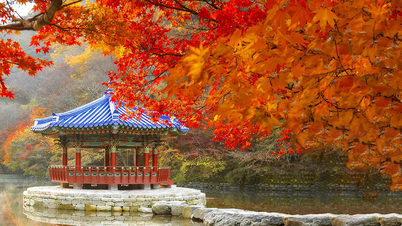
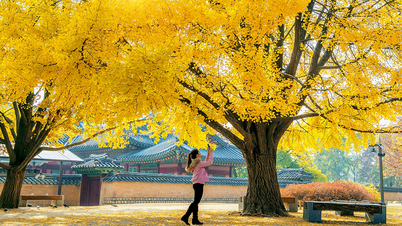





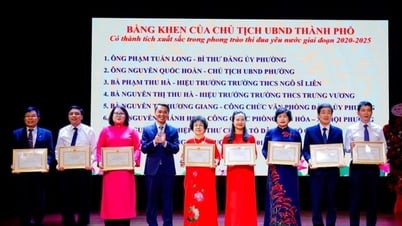
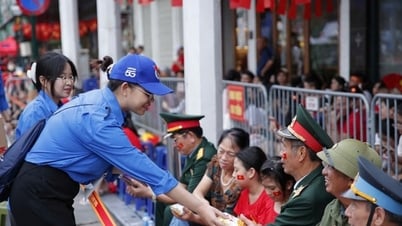


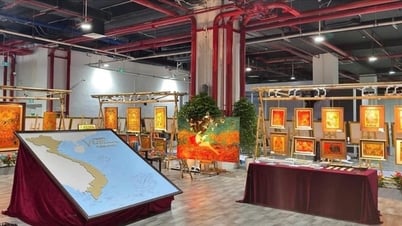


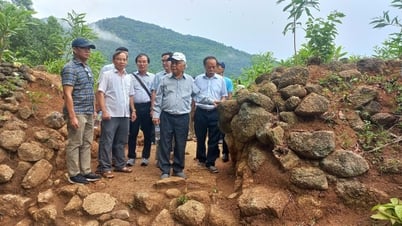

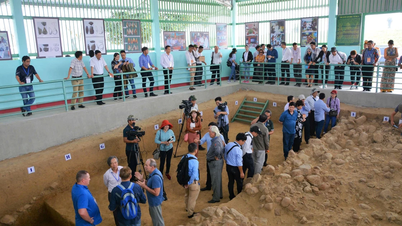

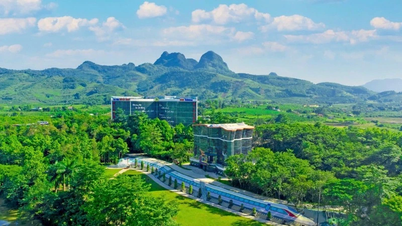



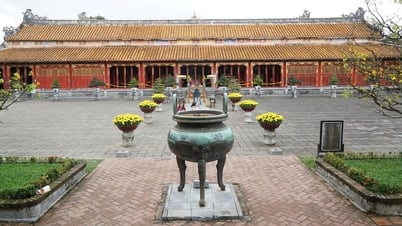






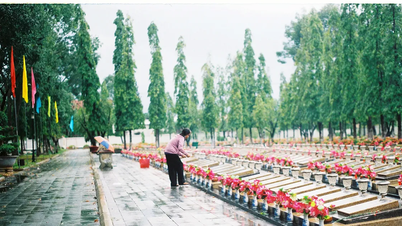
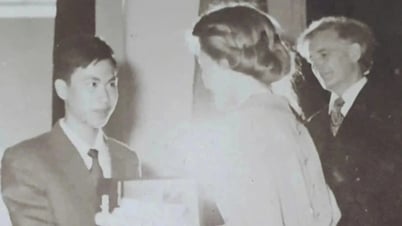



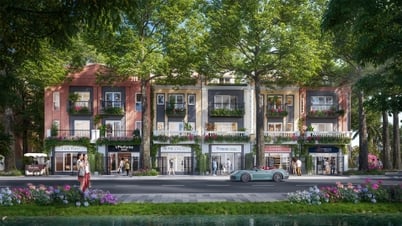


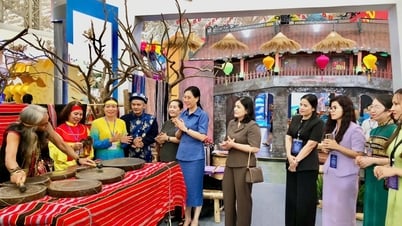





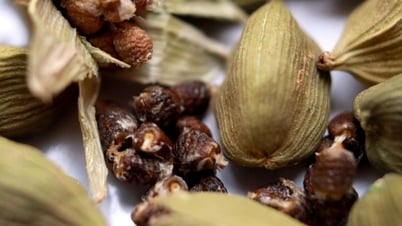
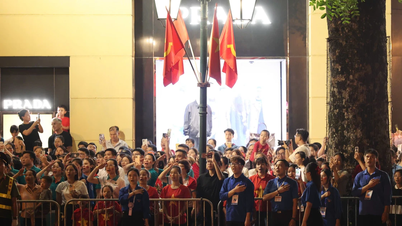

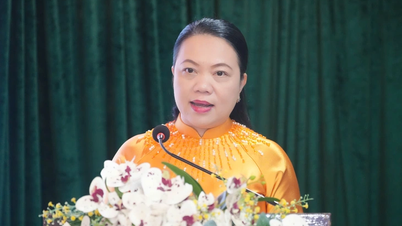















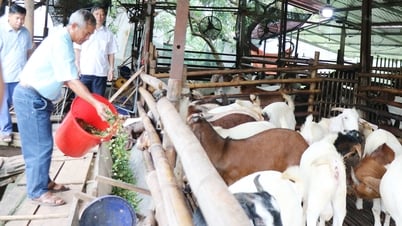




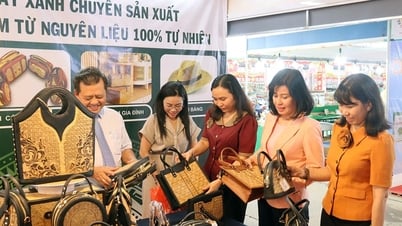




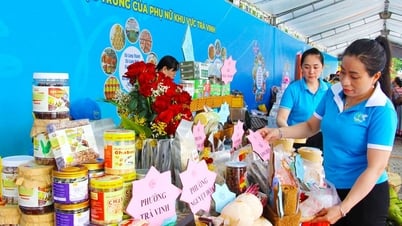



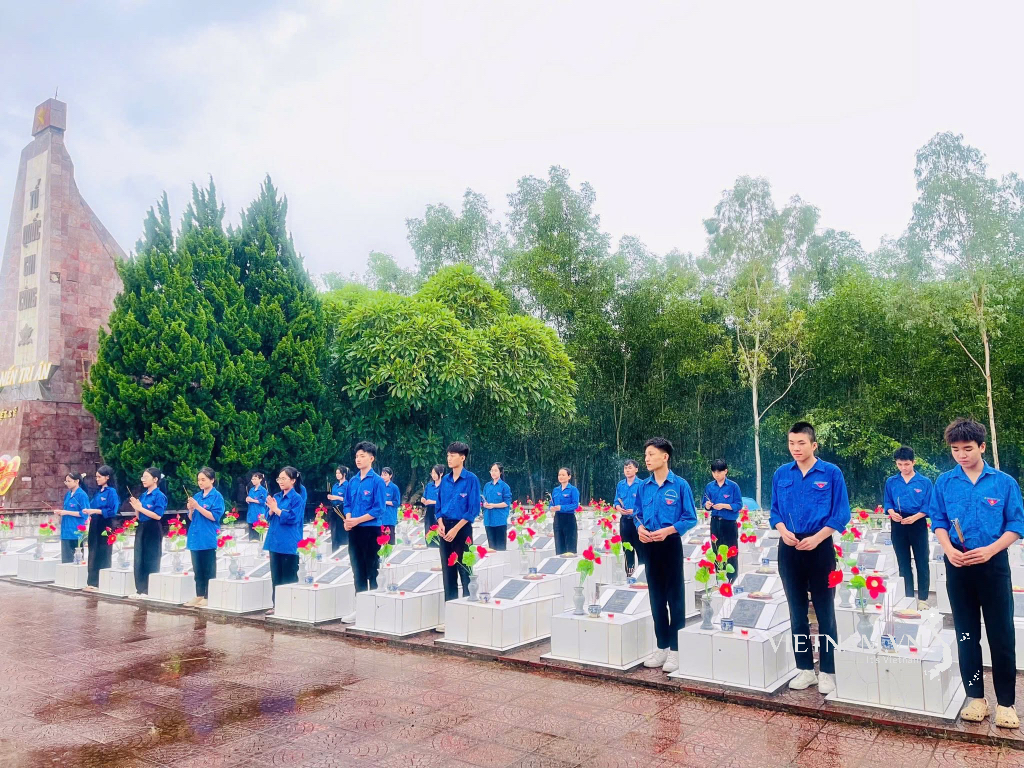


Comment (0)